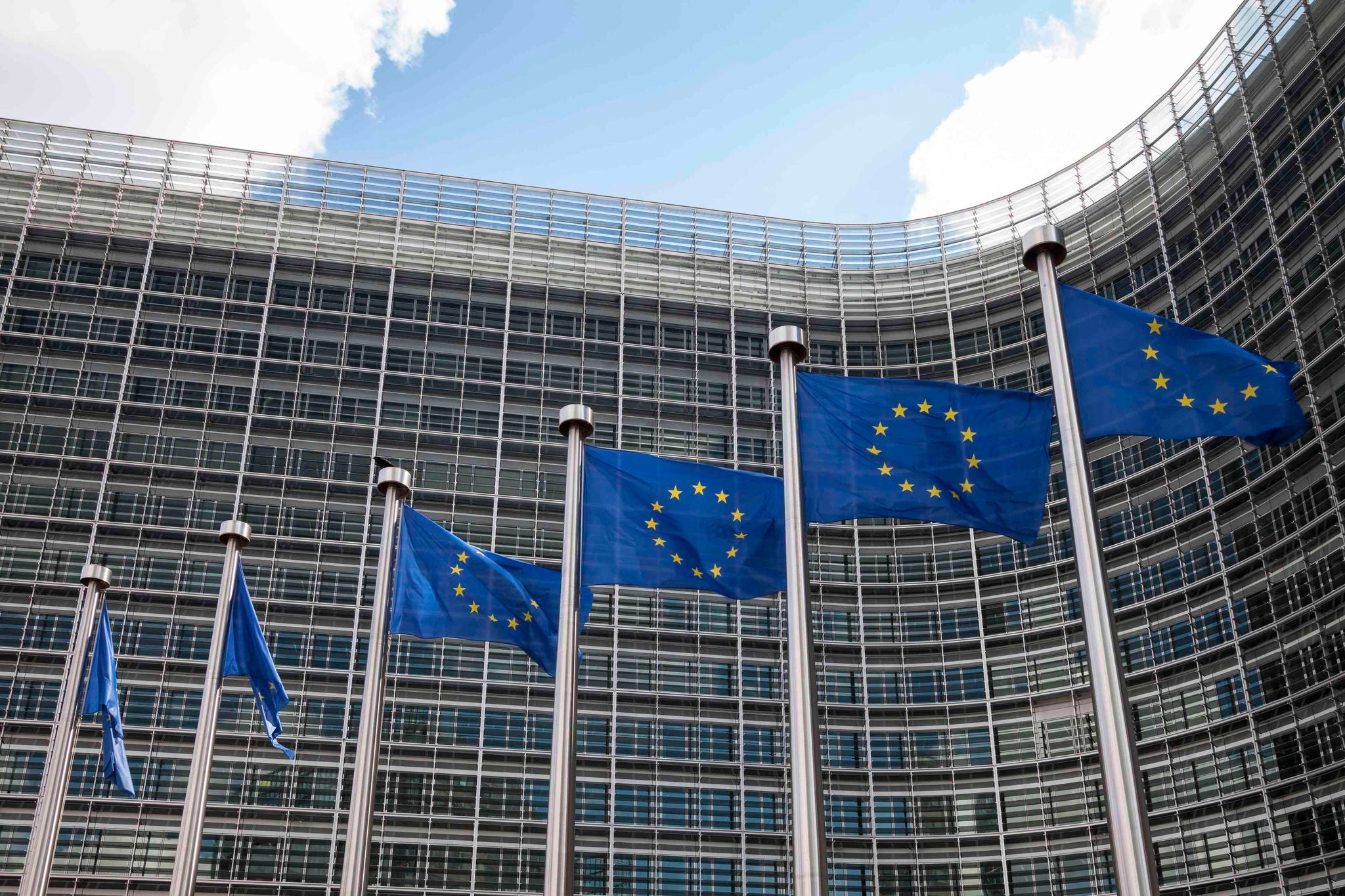EY refers to the global organization, and may refer to one or more, of the member firms of Ernst & Young Global Limited, each of which is a separate legal entity. Ernst & Young Global Limited, a UK company limited by guarantee, does not provide services to clients.

The EU’s goal is to provide a framework for fair taxation and standardized withholding tax processes throughout all Member States. After decades of complexity and failed attempts to implement recommendations, a draft directive might provide a decisive step forward in the months to come.
There is currently no standard withholding tax relief process across the EU - each Member State has its own procedures, forms, timelines and document requirements for either a relief at source or to enable investors to reclaim excessive taxes withheld.
The current setup not only results in a huge burden for all stakeholders including custodians, fund administrators, asset managers, investors as well as the tax authorities, but also results in an inherent systemic double taxation. The amount of lost withholding taxes and the related costs in applying for refunds in the EU markets is estimated to be in the billions1. This situation is contradictory to the fundamental ambition of the EU to remove all barriers to cross-border investments and to ensure fair taxation.
Over the last two decades, the EU Commission has undertaken various attempts to provide recommendations to the Member States, however these proposals have not yet succeeded in removing the barriers for a standardized and efficient withholding tax relief system.
An EU-wide system and electronic tax residency certificates by 2024/2025?
But change now seems to be on the horizon. The EU Commission is working on a draft directive likely to be published in March 2023. If no further changes are made to the draft during the EU council consultation period, the new system could be implemented as soon as in 2024/2025.
The draft directive will most likely propose a legislative initiative to introduce a common, standardized, EU-wide system for withholding tax relief at source accompanied by an exchange of information between the Member States. It is foreseen to be centered around an electronic tax residency certificate in a digital readable format with a common set of information (e.g., same validity, same format for similar investor types) to be provided to the source countries’ tax administration in a standardized format, including information on the chain of financial intermediaries within the flow of payments. The ultimate step would encompass a quick refund system whereby the tax authorities would do checks (based on certain thresholds, e.g., claimant type, amount of the claims at stake, claims not below 15% withholding tax) to classify the claims as low risk and to pay out the refunds.

Rosheen Dries, Partner, Wealth and Asset Management Tax Leader, and Guilherme Franco, Senior Manager, Tax
A few challenges need to be overcome first
However, before all EU Member States will be ready to adopt this directive, a couple of big challenges need to be overcome.
Firstly, withholding tax is not necessarily a priority item on the agenda of every Member State, however a unanimous vote of all Member States is required to pass a directive.
Secondly and more importantly, tax authorities and regulators have experienced tax fraud scandals in history (e.g. cum/ex), costing taxpayers billions of dollars, damaging the reputation of the market as well as questioning the competencies of tax authorities to curtail such activities with adequate tax laws. The degree of mistrust towards the financial industry is high, rendering the appetite for the tax authorities to attempt a “quick fix” as very low. The biggest challenge will therefore be to re-gain trust, confidence and transparency. Member States will want to understand the whole chain between payment of income and the ultimate beneficial owner and to maintain control to fight fraud and tax evasion. This desire could be higher on their agenda, than reducing the burden for investors and other stakeholders.
As a conclusion, it remains to be said that in spite of several unresolved issues relating to, for example, the questions of treaty eligibility, beneficial ownership, applicability to investment funds, security lending transactions, etc., there is a certain amount of momentum at the EU level to resolve the procedural difficulties of the current system. It is therefore necessary for all stakeholders to proactively support these initiatives. If Member States lose interest, then this system will remain for an undefined period with all its inefficiencies, unfair double taxation, the burden for all stakeholders involved and the disadvantage for investors wanting to invest in the EU capital market.
[1] ‘Accelerating the capital markets union: addressing national barriers to capital flows’, EU report, March 2017
This article was published in Luxembourg Times
Summary
The EU’s goal is to provide a framework for fair taxation and standardized withholding tax processes throughout all Member States. After decades of complexity and failed attempts to implement recommendations, a draft directive might provide a decisive step forward in the months to come.


